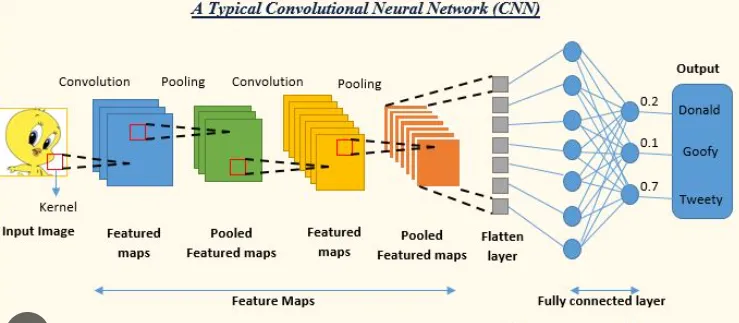Exploring the Depths of Computer Vision: A Comprehensive Overview
Computer vision, a subset of artificial intelligence, empowers machines with the ability to interpret and comprehend visual information

In the rapidly evolving landscape of artificial intelligence, Convolutional Neural Networks (CNNs) have emerged as a breakthrough technology, revolutionizing the field of computer vision. As we delve into the world of deep learning, it’s essential to understand the remarkable capabilities of CNNs and their profound impact on tasks ranging from image recognition to medical diagnostics. *Understanding Convolutional Neural Networks: Decoding the Magic**
At the heart of CNNs lies a design inspired by the human visual system, allowing them to excel in image-related tasks. This architecture comprises several layers, each contributing to feature extraction and hierarchical learning. 1. **Convolutional Layers: Unveiling Features** Convolutional layers apply filters to input images, effectively extracting features like edges, textures, and patterns. Through multiple convolutions, these layers progressively detect more complex features, forming a rich representation of the image. 2. **Pooling Layers: Streamlining Information** Pooling layers downsample feature maps, reducing computational complexity while preserving essential information. Max-pooling and average-pooling are common techniques that help retain spatial hierarchy. 3. **Fully Connected Layers: Making Predictions** Fully connected layers receive flattened feature maps as input and produce predictions based on the learned features. They play a crucial role in identifying object classes or characteristics within an image. **Training a CNN: Nurturing Intelligence** Training a CNN involves two main phases: forward propagation and backpropagation. This iterative process allows the network to learn optimal weights that minimize prediction errors. Optimization algorithms like Adam, RMSProp, or SGD fine-tune these weights during training. **Applications of CNNs: Pioneering the Visual Realm** CNNs have transcended basic image classification, expanding into a wide array of applications that redefine how we interact with visual data. 1. **Object Detection: Seeing Beyond the Obvious** CNNs enable precise object detection within images, vital for autonomous vehicles, surveillance, and robotics. 2. **Image Segmentation: Beyond Boundaries** Semantic and instance segmentation tasks, where CNNs identify object boundaries and separate individual instances, have paved the way for medical image analysis and augmented reality. 3. **Style Transfer: Aesthetic Alchemy** With the ability to separate content and style in images, CNNs can transform ordinary photos into artistic masterpieces, giving rise to interactive art and creative expression. **Recent Advancements: From ImageNet to Deep Architectures** Transfer learning has propelled the adoption of CNNs by leveraging pre-trained models on massive datasets like ImageNet. This practice accelerates training and fine-tuning for specific tasks, democratizing the power of CNNs across industries. 1. **State-of-the-Art Architectures: Powerhouses of Learning** ResNet, VGGNet, and DenseNet are revolutionary architectures that have advanced CNN capabilities, achieving unprecedented accuracy on benchmark datasets. **Challenges and Future Directions: Pushing the Boundaries** While CNNs have undeniably transformed computer vision, challenges remain. 1. **Overfitting and Generalization: Striking the Balance** CNNs can overfit to training data, necessitating techniques like regularization and data augmentation to improve generalization. 2. **Interpretability and Bias: Unveiling the Black Box** The inherent complexity of CNNs raises questions about interpretability and the potential for unintended biases in predictions. 3. **Adversarial Attacks: Unmasking Vulnerabilities** CNNs are susceptible to adversarial attacks, where subtle input modifications lead to incorrect predictions. **Conclusion: Embracing the Future with CNNs** Convolutional Neural Networks have redefined how machines perceive and understand the visual world. From transforming art to diagnosing diseases, CNNs have ignited an era of intelligence that is redefining industries and shaping our digital landscape. As we navigate the challenges and embrace the potential, CNNs stand as a testament to the remarkable journey of deep learning and its capacity to reshape our reality. Through ongoing research and innovative applications, we are poised to unlock even greater possibilities in the realm of AI-driven computer vision. AI Machine Learning Cnn